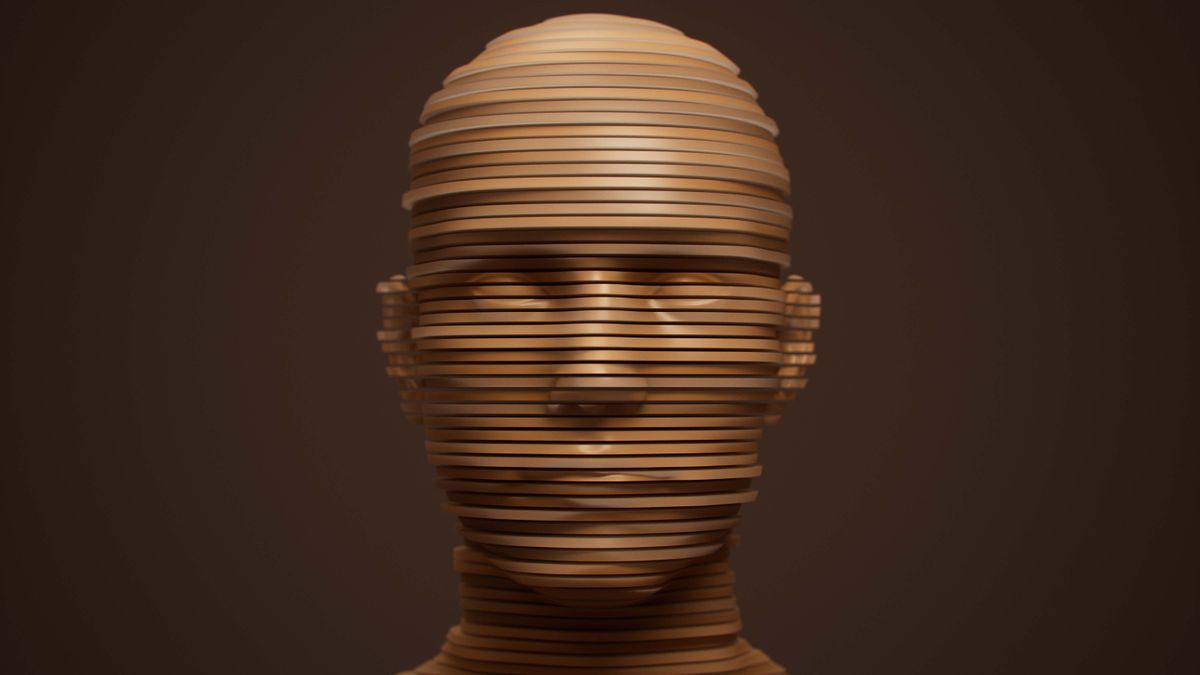Whenever you shut your eyes and picture futuristic robots, there is a good likelihood the picture you’ve got conjured is shiny and chrome. Possibly it is one thing straight out of Cyberpunk 2077, or nearer to the Boston Dynamics-style bots, full with intimidating dance strikes as they take over the world. I’ve acquired each good and dangerous information for you. The excellent news is that the robots are undoubtedly coming, the dangerous information is that they may be product of meat. That is if these MIT scientists have something to say about it.
Meat robots aren’t a brand new idea, and each artists and scientists have been engaged on them for some time. The potential for organic primarily based robotics is big, as they’re going to be extra versatile and have the flexibility to squeeze into smaller areas. They might even be extra environment friendly, particularly in relation to sure duties like transferring by liquids. One of many present main hurdles stopping us from creating such tissue-based terminators is determining how one can develop muscle that may pull in a couple of route. Till now, they only weren’t ambiturners.
Just lately, researchers at MIT discovered a brand new technique utilizing a stamp, and has produced muscle mass that may flex and twitch in a number of methods. To show it, the workforce produced what’s probably the primary multidirectional robotic powered by skeletal muscle. Sadly I haven’t got a video to traumatise you, however this working robotic iris can dilate and contract, which is simply the primary squeeze to world domination.
-
I’m begging you to not watch this ghostly white ‘faceless, anatomically correct’ robotic dangling from wires and silently thrashing its sinewy limbs
-
When you’re attempting to persuade me your ‘companionship’ robotic is ‘lifelike’, possibly do not rip her face off within the demo video
“With the iris design, we imagine we now have demonstrated the primary skeletal muscle-powered robotic that generates pressure in a couple of route. That was uniquely enabled by this stamp method,” says Ritu Raman, the Eugene Bell profession improvement professor of tissue engineering in MIT’s Division of Mechanical Engineering.
The instructions a muscle can transfer is essentially depending on the way in which it is fashioned. Muscle mass within the physique should be grown in particular shapes and layouts to realize their exact management, and lab muscle mass are not any completely different. Getting tissue to develop in a lab precisely the way you need it is not straightforward. The brand new stamp technique has allowed these scientists to impress tiny paths onto the rising medium, dictating the form of the developed tissue and having the ability to create complicated buildings permitting for multidirectional motion.
“One of many cool issues about pure muscle tissues is, they don’t simply level in a single route. Take as an example, the round musculature in our iris and round our trachea. And even inside our legs and arms, muscle cells don’t level straight, however at an angle,” Raman notes. “Pure muscle has a number of orientations within the tissue, however we haven’t been in a position to replicate that in our engineered muscle mass.”
The stamp itself is exactly designed after which 3D printed with tiny cell sized grooves. That is then pressed by hand into a fragile hydrogel coated with a protecting protein. Researchers then seed the gel with cells that develop alongside the indent to grow to be tissues formed with the supposed design, on this case one very like a human iris. These cells had been genetically engineered to twitch in response to pulses of sunshine, and as soon as grown gave the engineers the flexibility to regulate the dilation of the robotic iris.
So to recap, it is a twitchy gentle delicate little flesh robotic grown in a lab. That is only some extra irises stacked on prime of one another from changing into a full fledged wiggly worm. These sorts of robots may very well be invaluable for underwater exploration, tub transport, or extra probably, another type of robotic companionship. If there’s one factor that is clear, it is that the way forward for robotics might be a lot grosser than you ever imagined.
Finest gaming mouse: the highest rodents for gaming
Finest gaming keyboard: your PC’s finest pal…
Finest gaming headset: do not ignore in-game audio





